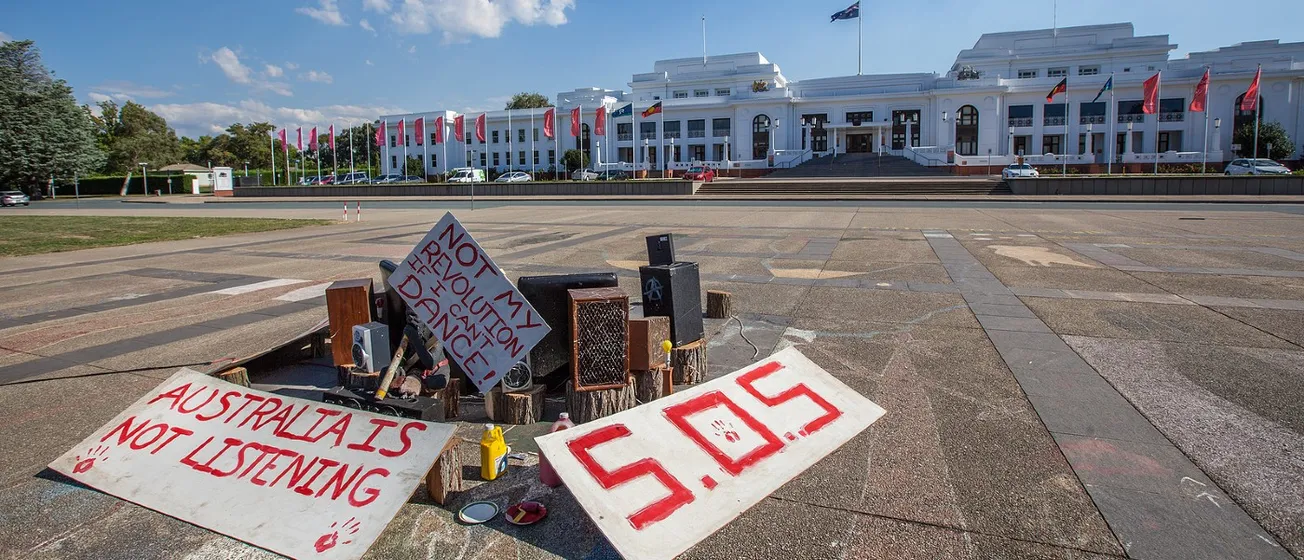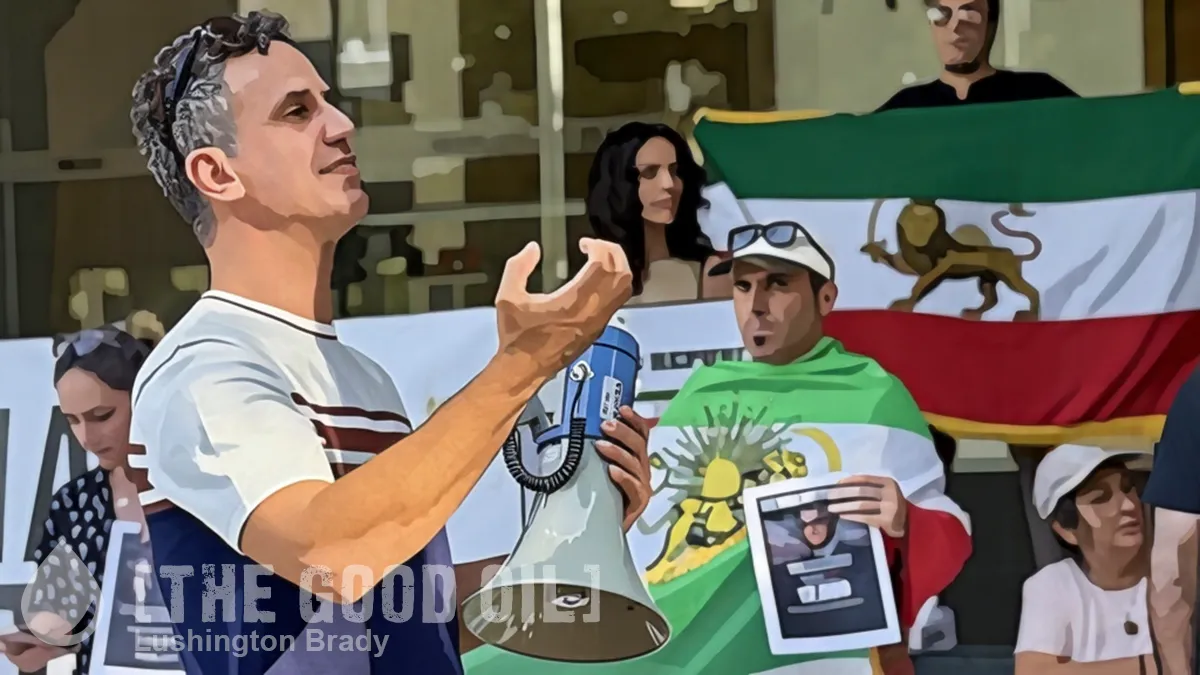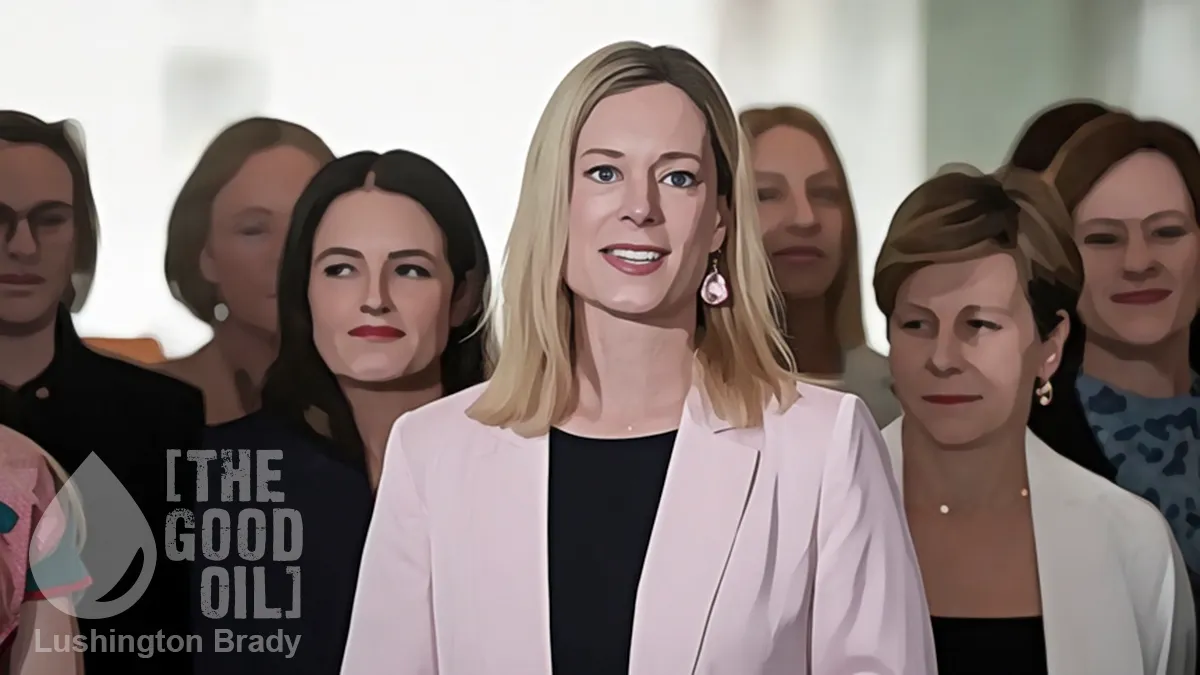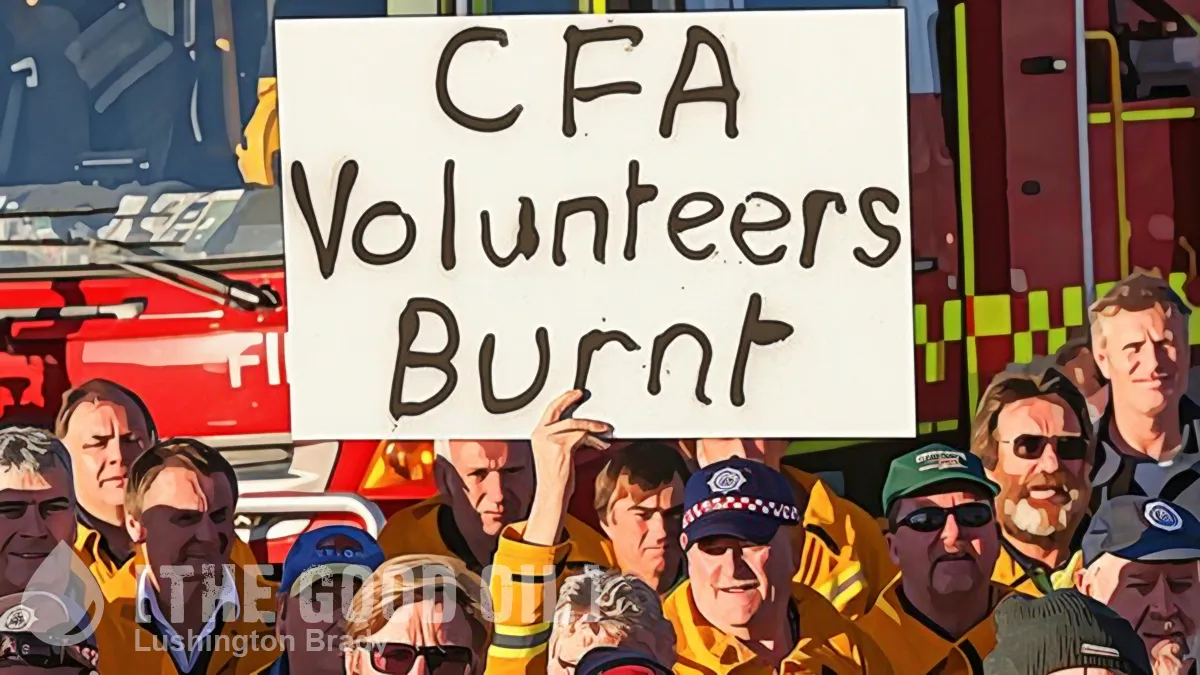Table of Contents
Michael Cook
Michael Cook is editor of Mercator.
If The Voice means anything, it means improving the lot of Australia’s Aboriginal people. There is a life expectancy gap of 20 years. They have some of the worst incarceration rates in the world. Life in some outback towns is not third-world but fourth-world, with terrifying rates of unemployment, drug and alcohol abuse, domestic violence, and sexual abuse.
And, Prime Minister Anthony Albanese has said, they rely upon “a broken system that burns billions of dollars and delivers precious little for the people who are supposed to be able to trust in it.”
The debate over The Voice is dividing Australia. Sometime later this year a constitutional referendum will decide whether to establish a permanent advisory body to give advice to the Australian Parliament and Government on matters that affect Aboriginal peoples.
The Yes campaign seems to take for granted that the scandal of Aboriginal disadvantage is due to bad policies that government can fix. As the Uluru Statement from the Heart says:
These dimensions of our crisis tell plainly the structural nature of our problem. This is the torment of our powerlessness. We seek constitutional reforms to empower our people and take a rightful place in our own country. When we have power over our destiny our children will flourish.
There you have it: the end goal is flourishing Aboriginal children. But when have government programs ever created flourishing children and flourishing families? Search the world over – in no culture is there a proverb that says, “It takes a government to raise a child.”
Villages help. Governments help. But children normally flourish in stable, loving, married mum-and-dad families. Outside of this framework, it’s difficult. Single mothers and fatherless children will always struggle.
But advocates for The Voice and spokespersons for government programs never mention strengthening the Aboriginal family. It’s taboo. The National Agreement on Closing the Gap with non-indigenous Australians has 19 national socio-economic targets. The appalling state of the Aboriginal family is passed over in silence.
In 2021, according to the Australian Bureau of Statistics, 86 per cent of Aboriginal children were born out of wedlock – “ex-nuptial births”, in the parlance of the ABS. For 24 per cent of these children, the father was not acknowledged. (The corresponding figures for non-indigenous Australians were 38 per cent and 10 per cent.)
That is for Australia as a whole. When you get into the weeds, the picture is even worse. The figures are most dire for the Northern Territory, whose population is 32 per cent indigenous. In the NT, 96 per cent of Aboriginal children were born out of wedlock. For 46 per cent of NT Aboriginal children, the father is not acknowledged. The very notion of a mum-dad-and-kids family has ceased to exist.
The focus of devastating articles about Aboriginal dysfunction in recent months has been the Northern Territory. In January, an outbreak of crime in Alice Springs, mostly by drunken young men and boys, dominated headlines for weeks.
“The children are running amok, breaking into people’s houses, stirring things up, smashing windows,” one woman told news.com.au. “I live in fear. People … have threatened to burn my house down, kill my dogs, to rape me. They’re out of control.”
Prime Minister Albanese was forced to pay a quick visit and utter a few bromides about government assistance. Later on he explained the difficulties involved in dealing with the problem: “You don’t overcome intergenerational issues in a day and we need to look at employment, infrastructure provision, housing, service delivery on the ground, as well as the access to alcohol.”
Intergenerational issues, ie mums and dads teaching their kids self-discipline, care for others, hard work, and ambition, are definitely not overcome in a day. And the government is never going to succeed if it doesn’t start.
The solutions that this government applauds are perpetuating a 21st-century cargo cult. For instance, it has established a First Nations Digital Inclusion Advisory Group to accelerate progress towards closing “the digital inclusion gap” in remote communities. Splendid. But warp speed internet is not going to stop teenagers in Alice Springs from rampaging on summer nights. What they need is strong and supportive fathers who teach them how to use their internet and mobile phones effectively.
Over and over again, research has confirmed that stable and enduring marriages are vital for adults and children. Marriage protects against domestic violence. The spouses live longer and healthier lives. Children are happier and healthier. Married families are more prosperous. Marriage protects against suicide and mental health distress.
Just last month, an economist at the University of Chicago published a study of “The Socio Political Demography of Happiness”. He concluded that “married individuals are over 30 points happier than unmarried. This difference is stable over time. It is about the same whether the unmarried state is due to divorce, separation, death of spouse or never having married.”
The most prominent campaigner for a Yes vote on The Voice, Noel Pearson, agrees wholeheartedly with the need to strengthen the Aboriginal family, not just the Aboriginal bureaucracy.
“We’ve built a massive industry that’s consuming most of the money,” he said earlier this year. “A lot of that industry can go and we can turn it into much better things that support families. “The empowerment of the family, in my view, is where everything ultimately must be focused.”
Why aren’t marriage statistics part of “Closing the Gap”? Why is the government trumpeting its internet policy but hiding the brilliant, life-saving social technology of the family from Aboriginal communities?
If a Voice to Parliament were to demand resolute action on empowering Aboriginal families, it would be well worth supporting. But will it? That’s the question which should decide whether you vote Yes or No in the upcoming referendum.









